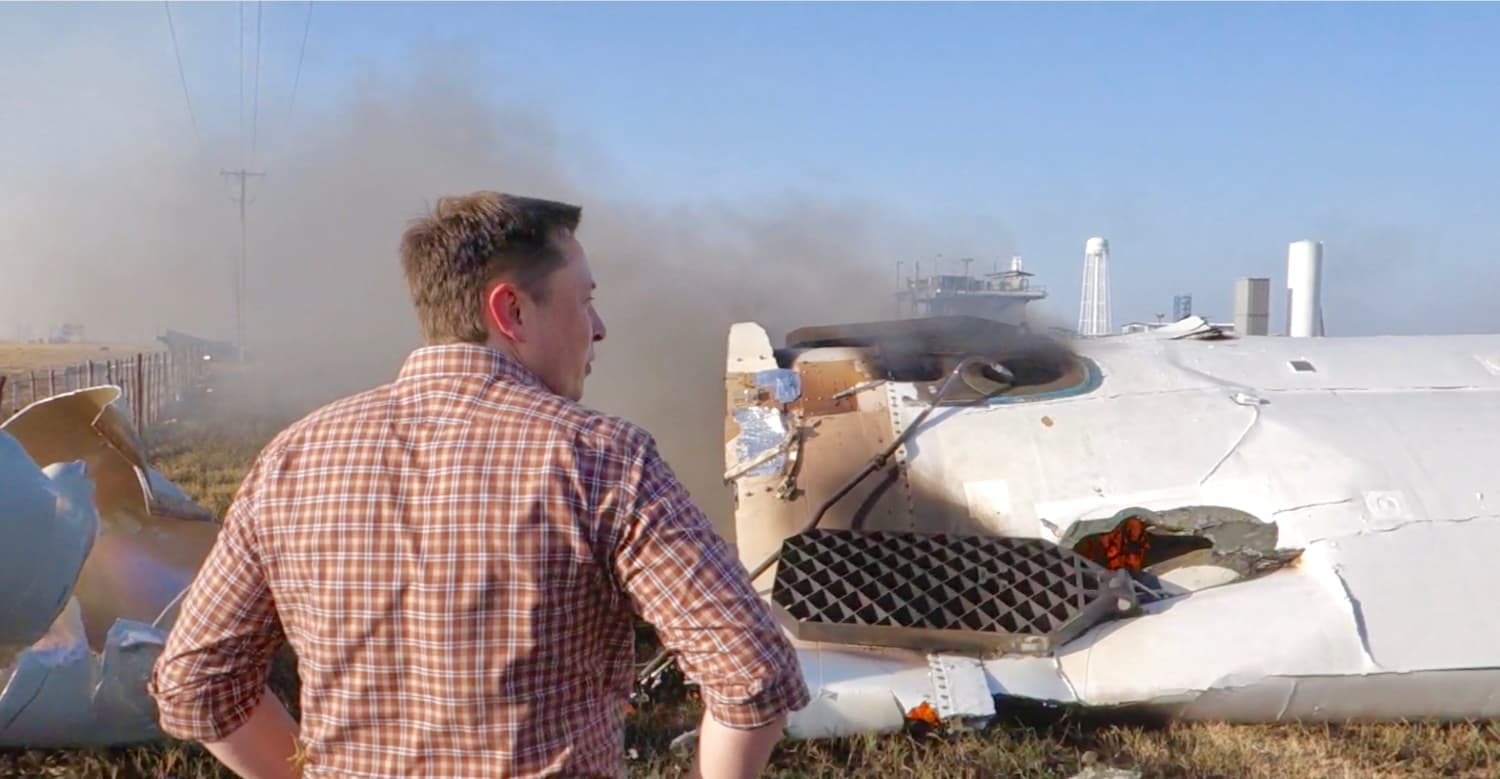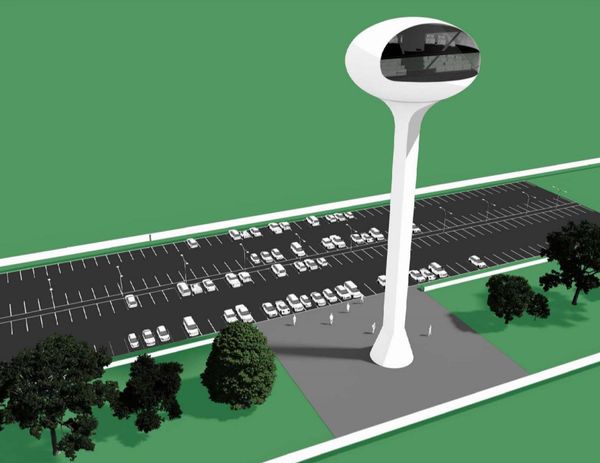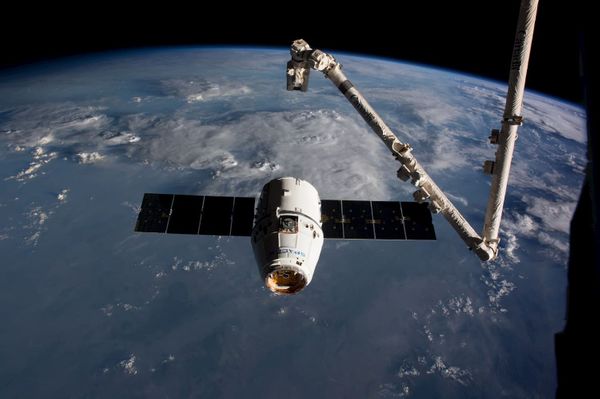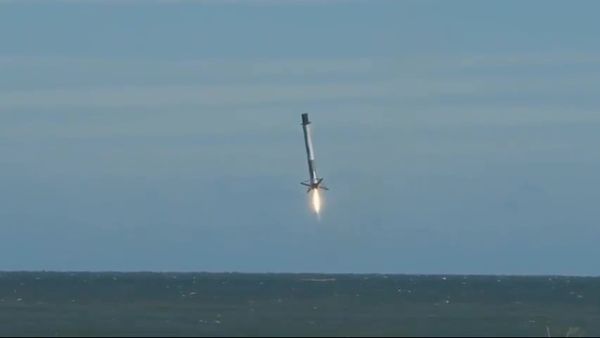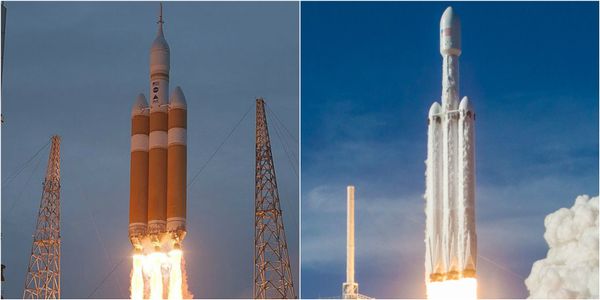Given the options, I prefer to learn from success. - Elon Musk
The aerospace community and the Internet at large was swept up in flurry of excitement when Elon Musk unveiled a blooper reel of sorts via social media on Thursday, showcasing the spectacular failures of SpaceX's development program to perfect the powered descent and landing of its orbital booster rockets. Some people began to call the video one of the most expensive ever made. Others noted that with a series of successful landings, SpaceX was now comfortable in unveiling the ugly path that got them to that first successful landing in December 2016. However, a common question quickly arose: How did SpaceX, a private company without the unlimited development budget of government organizations like NASA, weather so many failures until they found success?
A legacy of deep dives
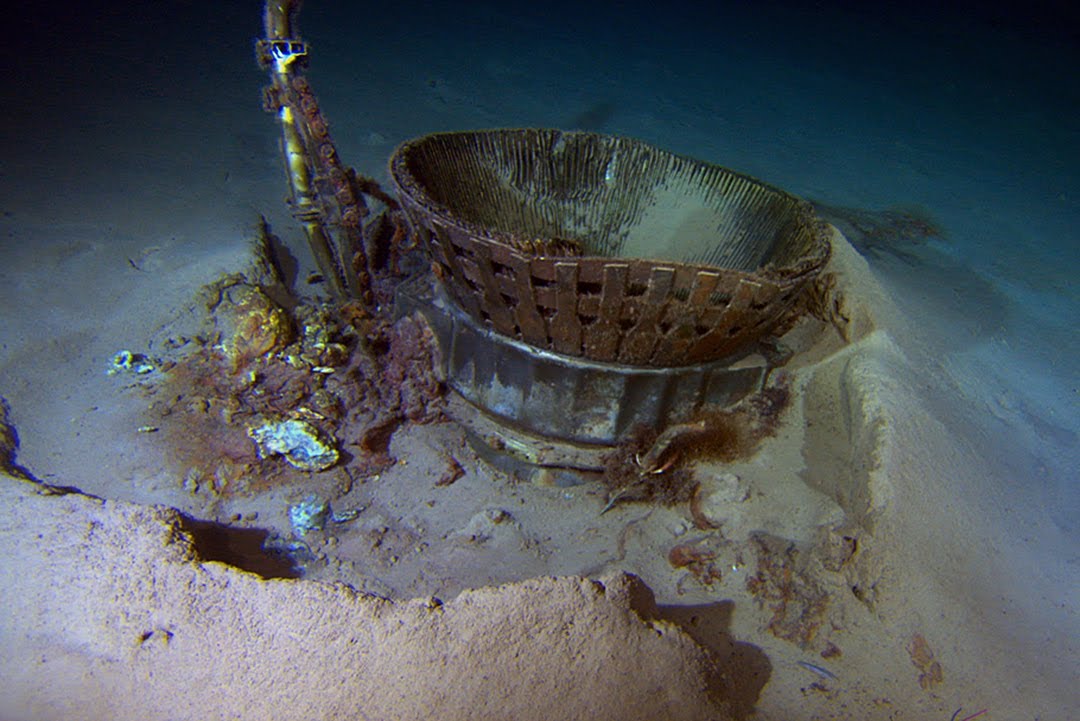
An F-1 rocket engine from Apollo 11, recovered by Jeff Bezos in 2013
Modern, high-powered, liquid propellant rockets can trace a direct lineage to the V-2 rocket of WWII. Much of the early development efforts of rockets centered around their military applications. For such a use case, accurate and speedy impact with the surface is expected and encouraged. Unmanned and manned space exploration was an afterthought for these early rocket designs, and development programs like Mercury-Redstone took military hardware and directly fitted it to achieve the immediate goal. Thus, American military and civilian space launches saw their boost stages glide into the ocean after their task was done. Even as rockets, purpose-built for space exploration, like the Saturn IB and Saturn V took humans farther than they had ever gone before, the boost stages were discarded, and sunk into the vast ocean off the coast of Florida. While the Space Shuttle (STS) finally gave its solid rocket boosters parachutes to land intact in the ocean, all future commercial and military rockets would continue this expendable tradition.
Humble beginnings
SpaceX had been trying to recover its rocket stages intact from the beginning. Falcon 1 was originally fitted with parachutes to slow its descent for a recovery similar to that of the shuttle boosters. However early launch attempts were not successful, and F1 Flight 4's first stage impacted the ocean's surface when its own parachutes failed to slow its descent.
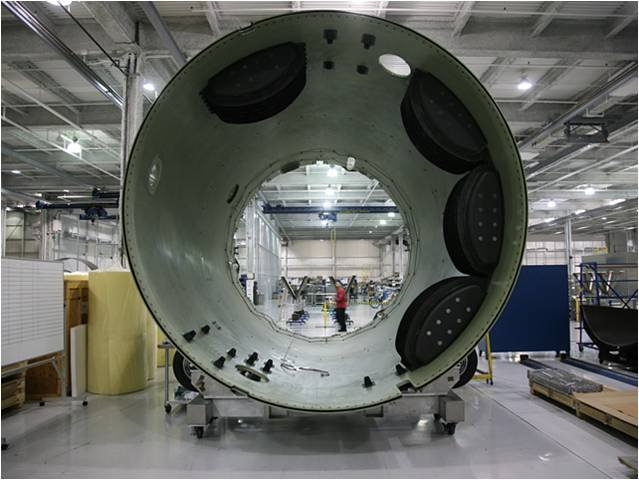
Early Falcon 9 designs attempted to recover the interstage using parachutes. Courtesy of SpaceX [Facebook]
SpaceX quickly shifted over to Falcon 9 development, which again attempted to use parachutes, packed within the interstage, to slow its rate of descent for a soft splashdown and recovery. However, early attempts were unsuccessful, and the company unveiled its plan for propulsive landings in 2011.
Turning vision into reality
The key to SpaceX's reusability development program hinged on a simple methodology: make the customer pay for it. While reuse could lower costs in the future, until it was perfected, a customer would pay full price for a traditional, expendable launch. This allowed SpaceX to turn revenue generating flights into free development tests. Now, SpaceX did develop multiple reusability test articles. Grasshopper, F9R-Dev1, and F9R-Dev2. The top image shows the remains of F9R-Dev1 after a faulty engine sensor caused the vehicle to self-destruct. F9R-Dev2 never flew, as SpaceX concluded using paying flights with full scale Falcon 9s would provide more realistic data, while also being cheaper.
The reusable future
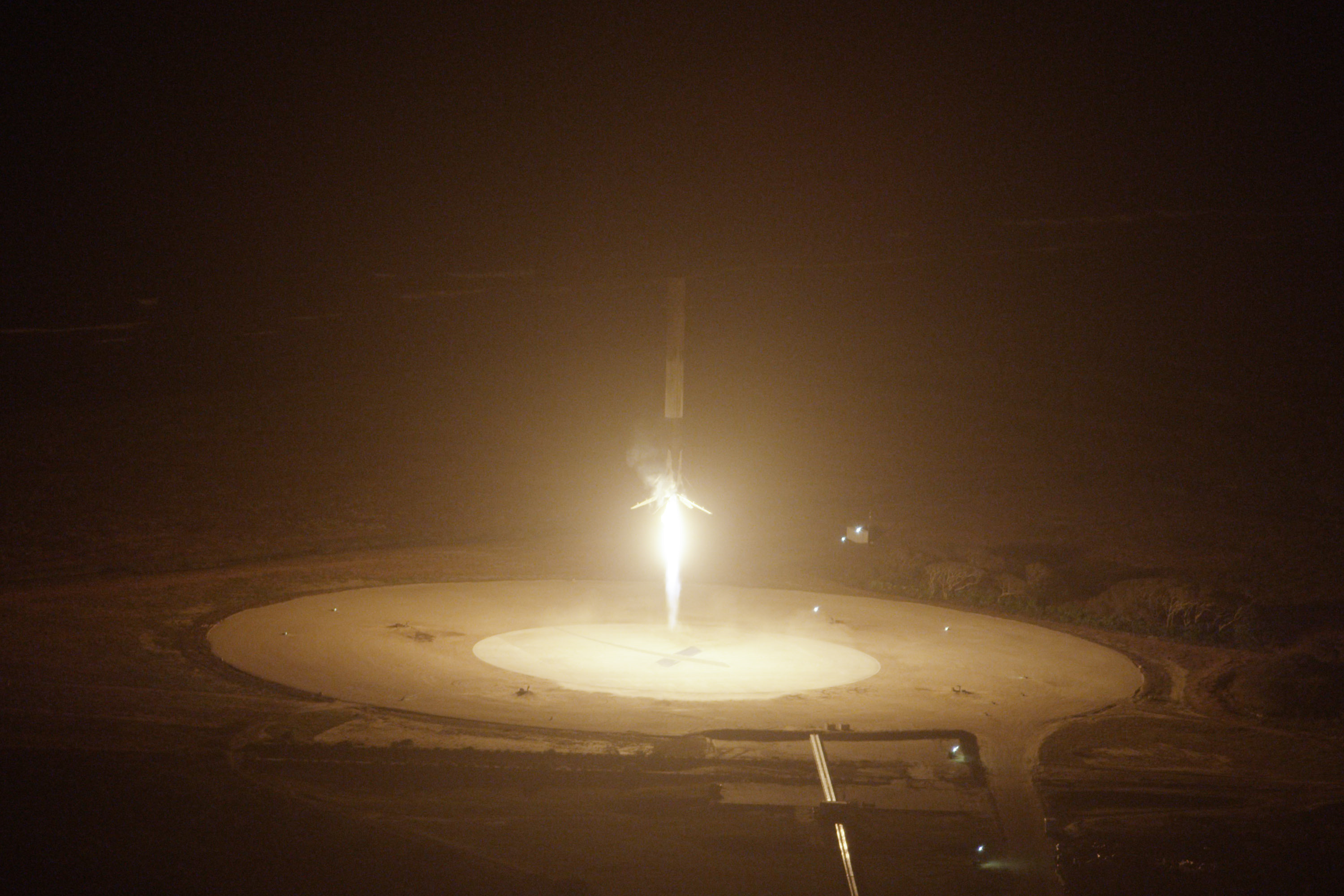
Orbcomm-2 proved to the world it was possible to successfully land an orbital class booster stage after successfully launching a payload into orbit. Credit: SpaceX
While SpaceX's numerous failures led to a successful landing at Landing Zone 1 on December 21st, 2015, reusability has a long path ahead before it completely transforms the space industry. SpaceX invested over $1 billion of engineering time into developing landing and reuse technology. While they were able to keep a consistent revenue stream during the development process, it will take several years to pay back this investment, all while trying to launch more payloads, and to grow the global payload market by providing market leading prices on orbit launch services. However, SpaceX is now in the position to entirely dominate the global launch market for the next half decade, until reusable vehicles from ULA, Blue Origin, and perhaps other national efforts catch up on the technological lead SpaceX has developed.
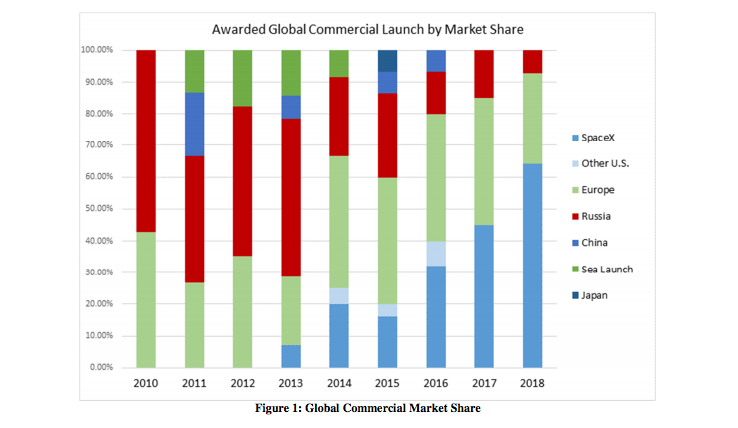
Credit: SpaceX via Popular Science

